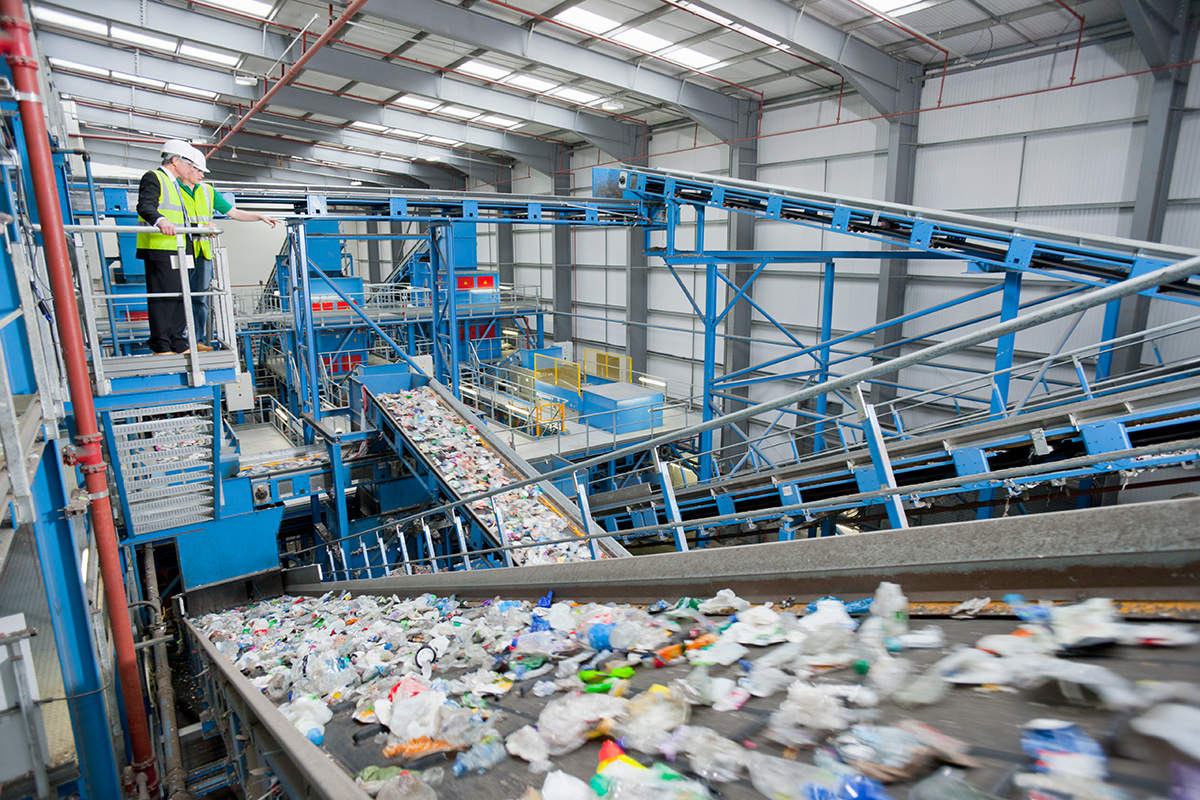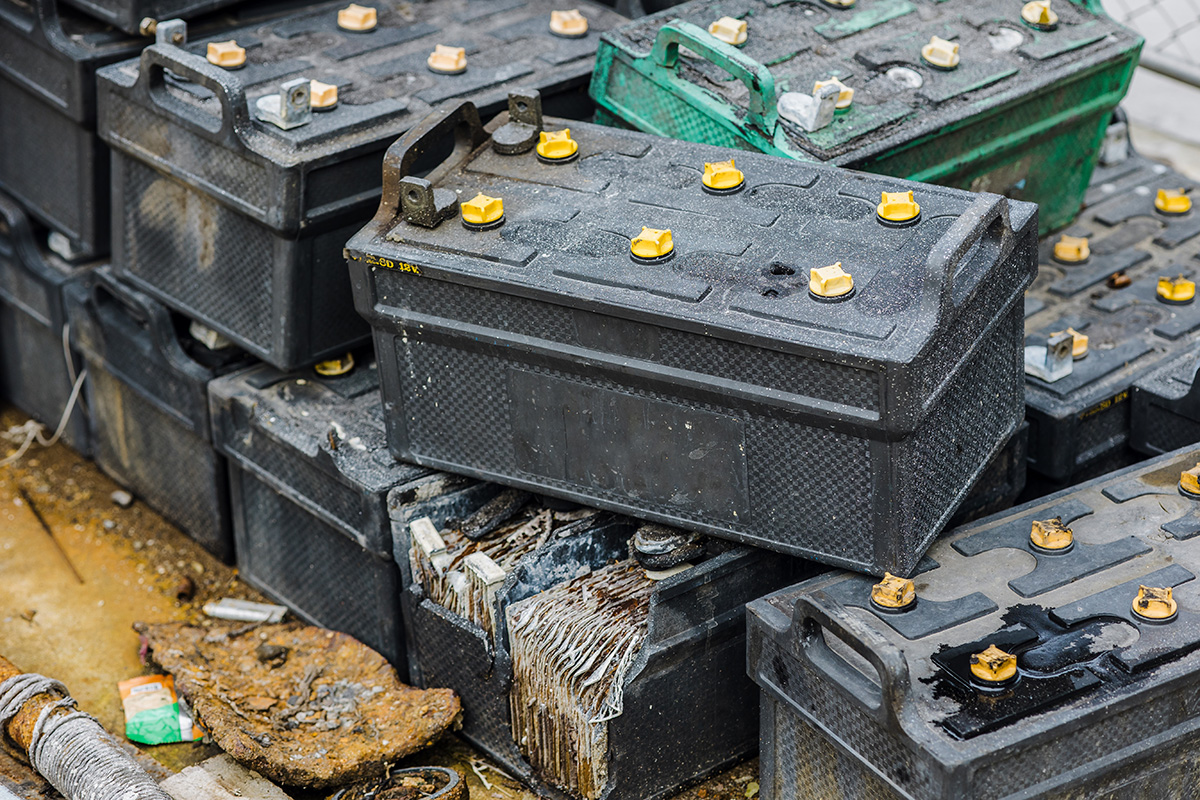
Heidi Sanborn, executive director of the National Stewardship Action Council | Courtesy Big Wave
A warm welcome back to “Women in Circularity,” where we shine a light on women moving us toward a circular economy. This month, I was pleased to connect with a leading voice and policy innovator in sustainable materials management: Heidi Sanborn. Heidi is the executive director of the National Stewardship Action Council, a national nonprofit organization that advocates for a responsible circular economy using extended producer responsibility (EPR) and other policy tools. With nearly four decades of experience, Heidi is often referred to as the “godmother of EPR” in the US. She has helped pass more EPR laws than anyone else in the US, building coalitions, inspiring new voices and creating solutions that deliver real results.
Continue Reading
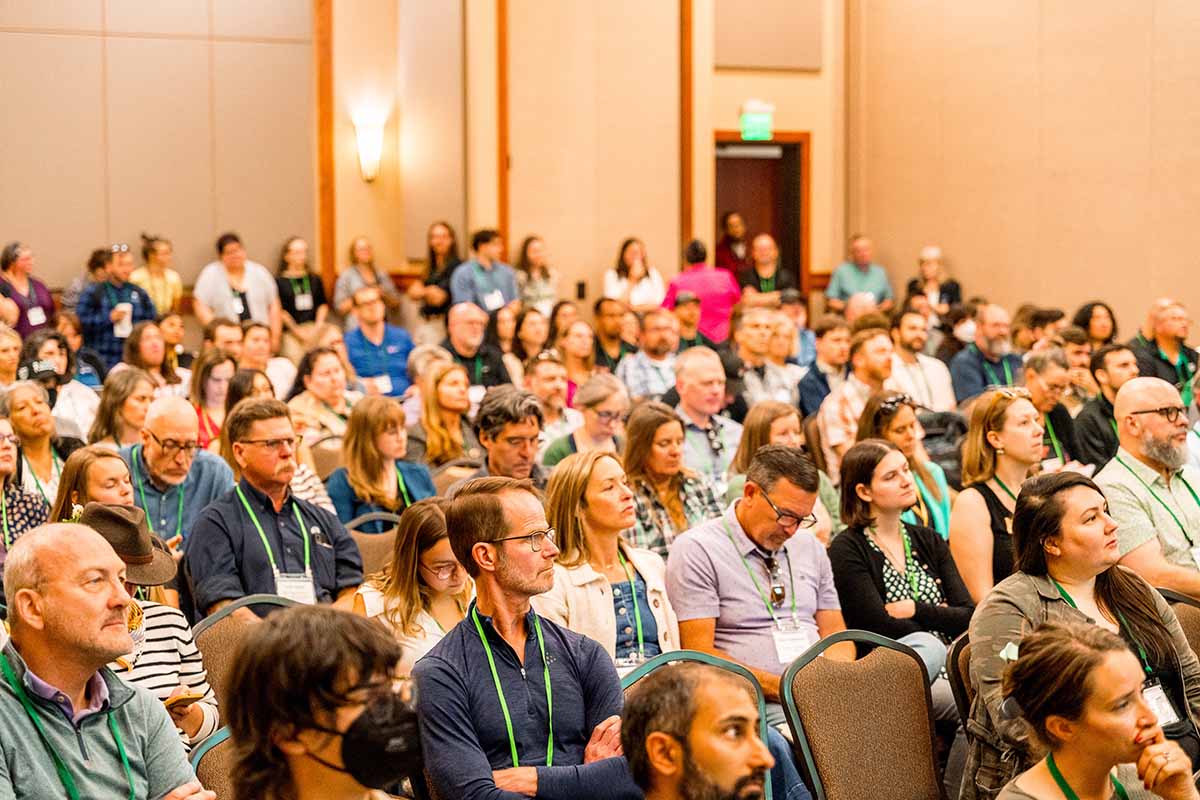


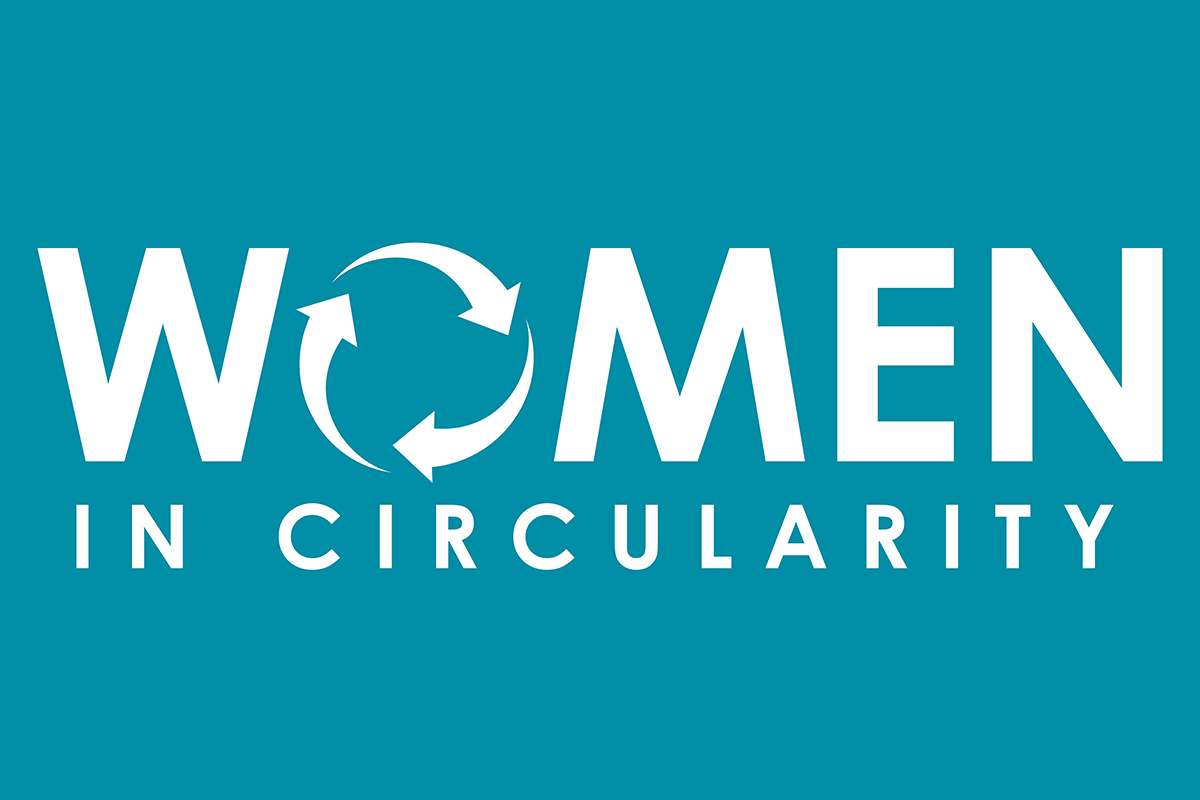
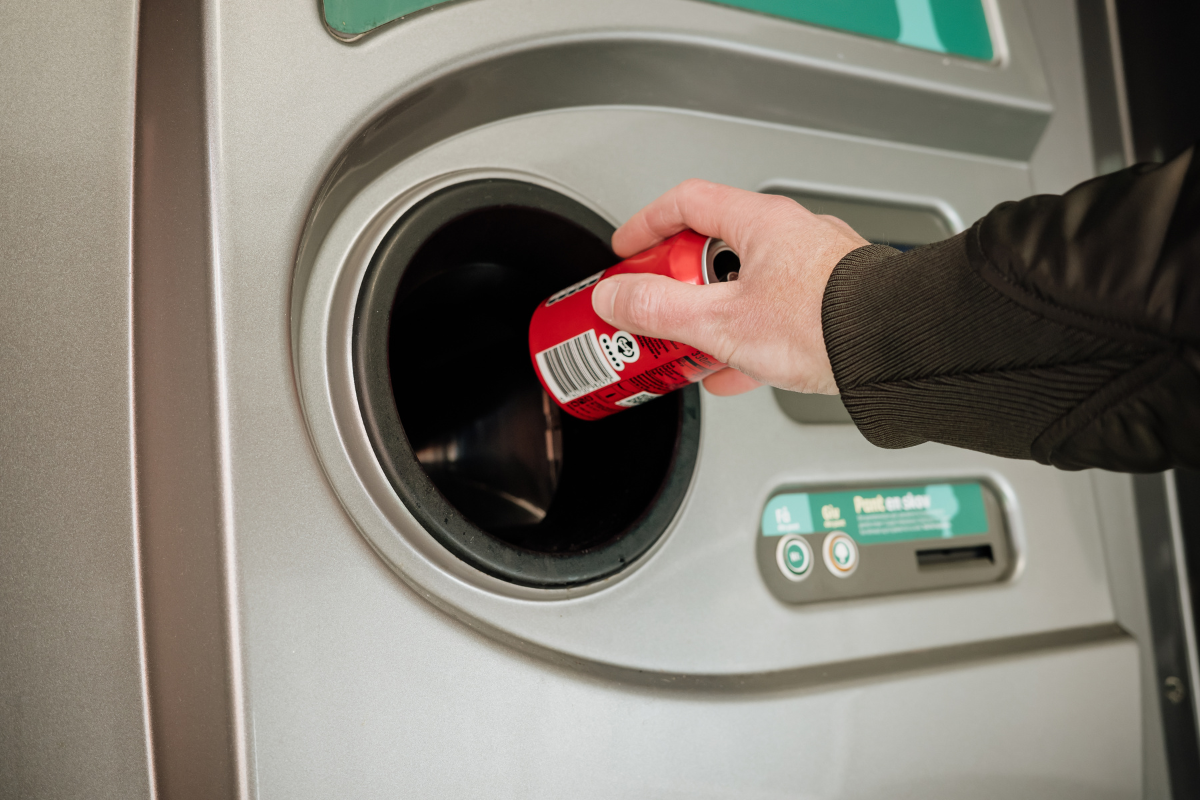
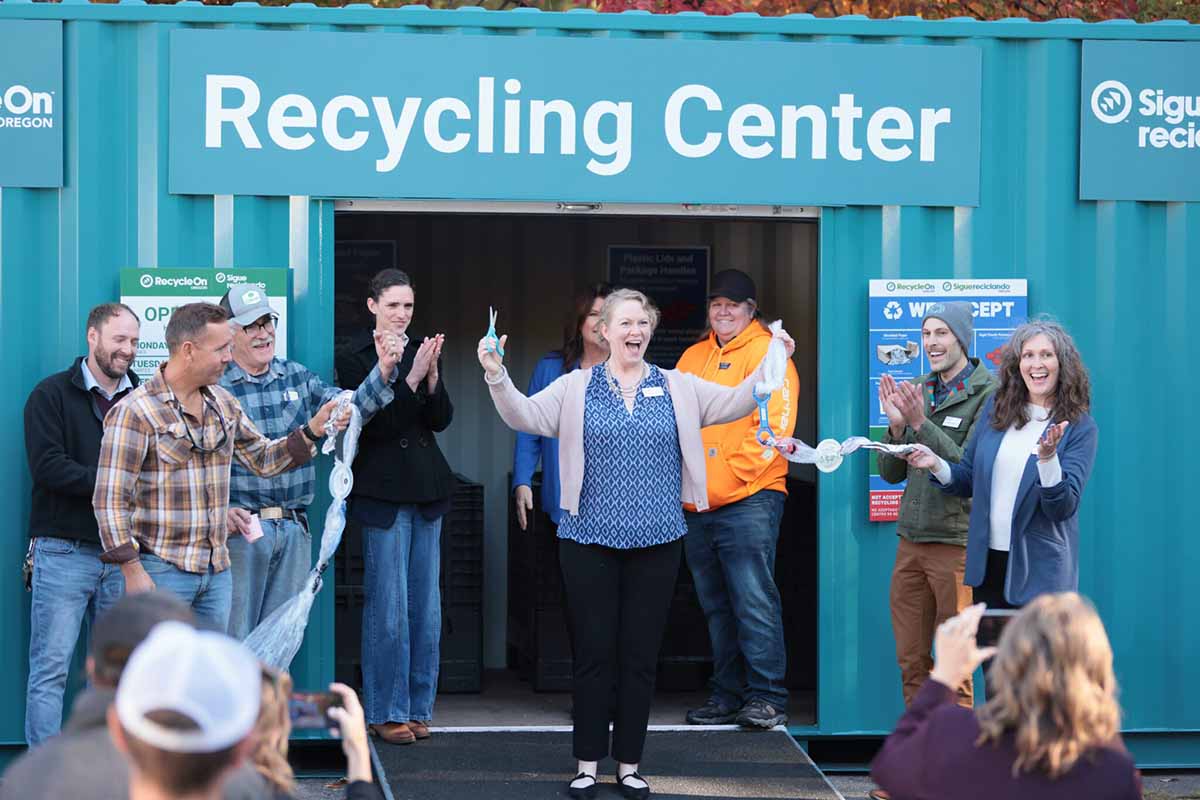
 The national average price of post-consumer PET beverage bottles and jars remained steadier this month, now averaging 4.50 cents per pound, compared to 4.66 cents per pound this time last month. Regional contracts are still yielding in the 3-7 cents range. One year ago this grade was trading at an average 17.59 cents per pound.
The national average price of post-consumer PET beverage bottles and jars remained steadier this month, now averaging 4.50 cents per pound, compared to 4.66 cents per pound this time last month. Regional contracts are still yielding in the 3-7 cents range. One year ago this grade was trading at an average 17.59 cents per pound.


